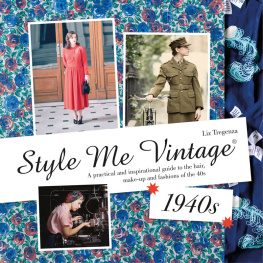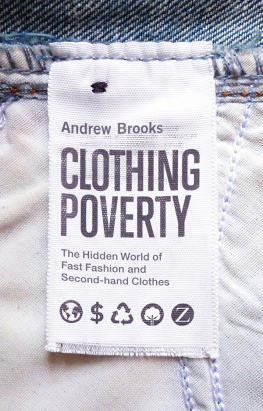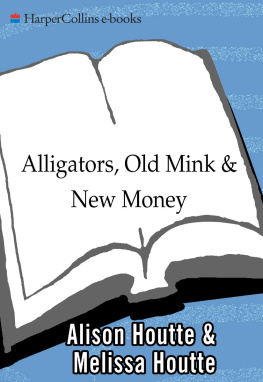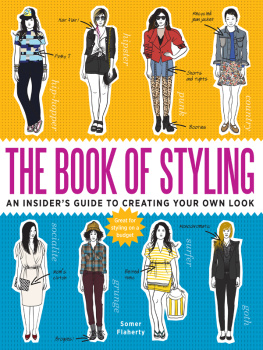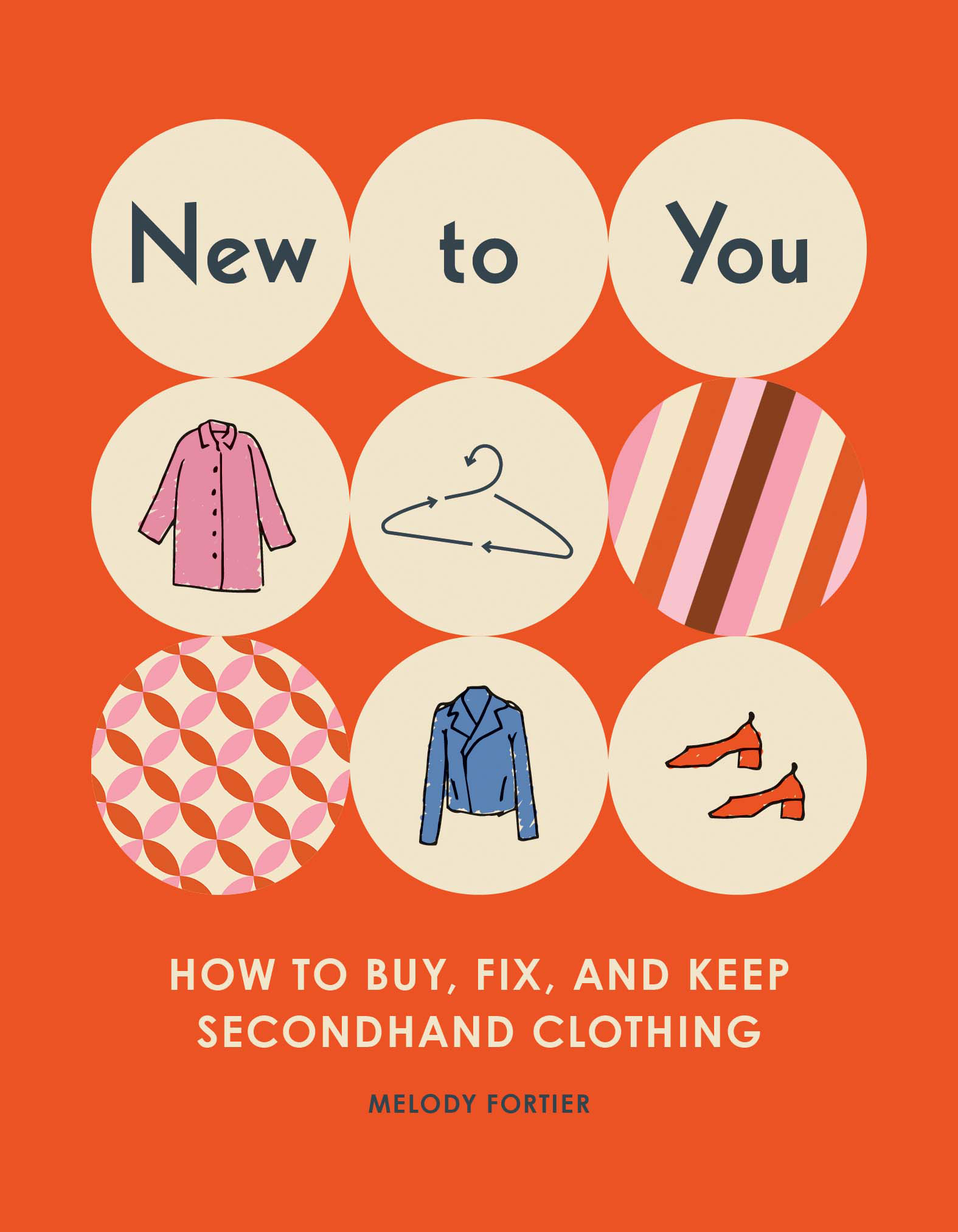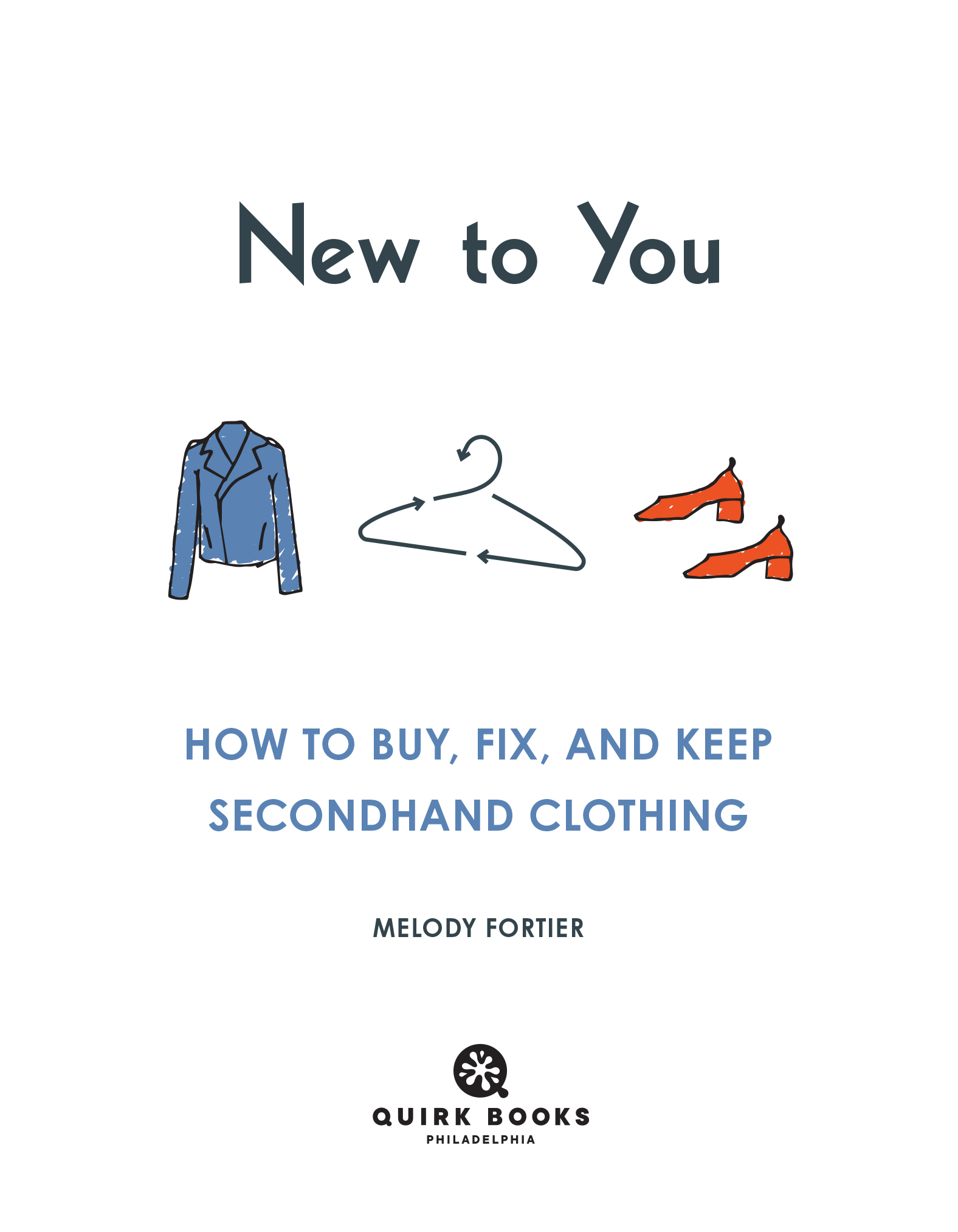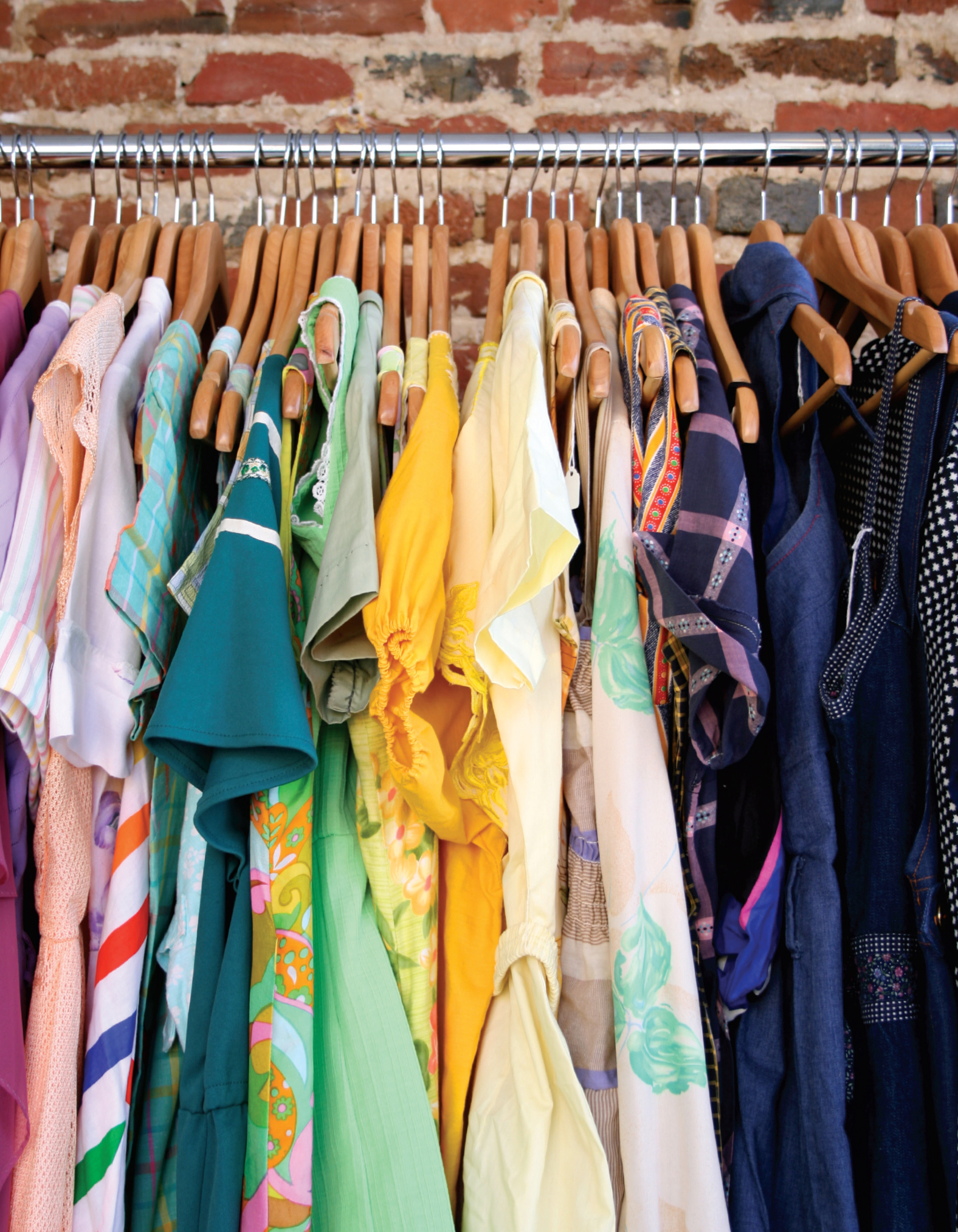Contents
Landmarks
Print Page List
Copyright 2009, 2022 by Melody Fortier
All rights reserved. Except as authorized under U.S. copyright law, no part of this book may be reproduced in any form without written permission from the publisher.
Full Library of Congress Cataloging-in-Publication Data available upon request.
ISBN9781683693246
Ebook ISBN9781683693475
Book Designed by Paige, adapted for ebook Graff based on a design by Jenny Kraemer
Production management by John J. McGurk
Credits
All photographs courtesy of Melody Fortier except the following: .
The publisher wishes to thank The Vintage Connection, Philadelphia Vintage, and Sugarcube for their participation in the photography on .
Quirk Books
215 Church Street
Philadelphia, PA 19106
quirkbooks.com
a_prh_6.0_141519683_c0_r0
CONTENTS
Introduction

Over the decades the vintage scene has morphed from fashion experiment to established niche. Whether youre new to vintage, or looking for ways to expand an existing vintage wardrobe, there are so many reasons to look to the past for your new favorite garment.
Style: Vintage offers countless style choices; it is a treasure trove for honing a signature look. You will find an endless bounty of fashion prints and colors along with stunning materials, fabulous details, and accessories galore. Each decade of fashion trended toward particular silhouettes, so its easy to find a cut that complements your body type.
Quality and Value: The quality of most vintage wear is finer than todays off-the-rack garments. Manufacturers of contemporary low- to mid-range clothing have been producing whats called fast fashion for a number of years now, churning out multiple collections each year. These garments are, for all intents and purposes, disposable. On average they start to fall apart after six or seven wearings. Todays lower-end garments might be cheap in price, but you get what you pay for. With vintage you can find quality, well-made clothing and accessories for reasonable prices.
Sustainability: The environmental impact of fast fashion is devastating. Textile manufacturing is often located in water-stressed areas of the world. Combined, the worlds textile factories consume a whopping eighty billion liters of water each year, accounting for one-tenth of all industrial water consumption. They also produce extremely toxic wastewater that all too often finds its way into natural waterways.
Two-thirds of garment textiles are synthetic. Synthetic fibers such as polyester are made from petroleum and shed microplastics that contaminate and destroy marine ecosystems. These fibers end up in the food chain and ultimately our own bodies. Studies are finding that microplastics cause a myriad of health issues.
It gets worse. Fashion production accounts for 10 percent of total global carbon emissions, and millions of tons of discarded clothing end up in landfills each year. Plus, the textile industry is notorious for labor exploitation.
Vintage clothing, on the other hand, is all about recycling and sustainability. As long as you know what to watch out for and how to do basic restoration (see chapter 7), your secondhand clothes will last much longer than modern fast fashion, without the destructive effects.
Supporting Small Enterprise: The vast majority of vintage businesses are microbusinesses, and microbusinesses are important. They provide niche products and services that larger businesses deem too unprofitable; they fill up empty storefronts, which helps local economies; they often care about and contribute to their communities in a way larger stores do not; and they are a brighter alternative for those with limited employment choices.
So how does one go about finding, choosing, and buying vintage? Thats where this book comes in. New to You has all the information you need to become a savvy vintage shopper. You will learn about the different vintage venuesbrick-and-mortar stores, online shopping, vintage trade showsand how to spot a reputable vintage business. This book will also arm you with surefire guidelines to determine if you are getting reasonable value for your money; there are no pricing standards for vintage, and secondhand clothes may have flaws and issues, so without guidance its hard to know what to pay. Youll learn how to fix some of those flaws (and how to tell when theyre fatal and unfixable), as well as how to care for and clean vintage clothinginformation that might come in handy for modern clothing, too. Vintage sizes are not the same as todays sizes, and this book will teach you how to determine fit and how to tell when a piece will need to be altered. And of course, youll learn a lot about fashion trends throughout the decades.
I started wearing and buying vintage in the 1970s. It has been a lifelong passion for me. Coming from a family of seamstresses, I understood good fabric and construction, which gave me a jump start on navigating the vintage market. Still, I made my fair share of unfortunate purchases. Trial and error were my teachers. I want this book to be yours. Happy hunting to you!
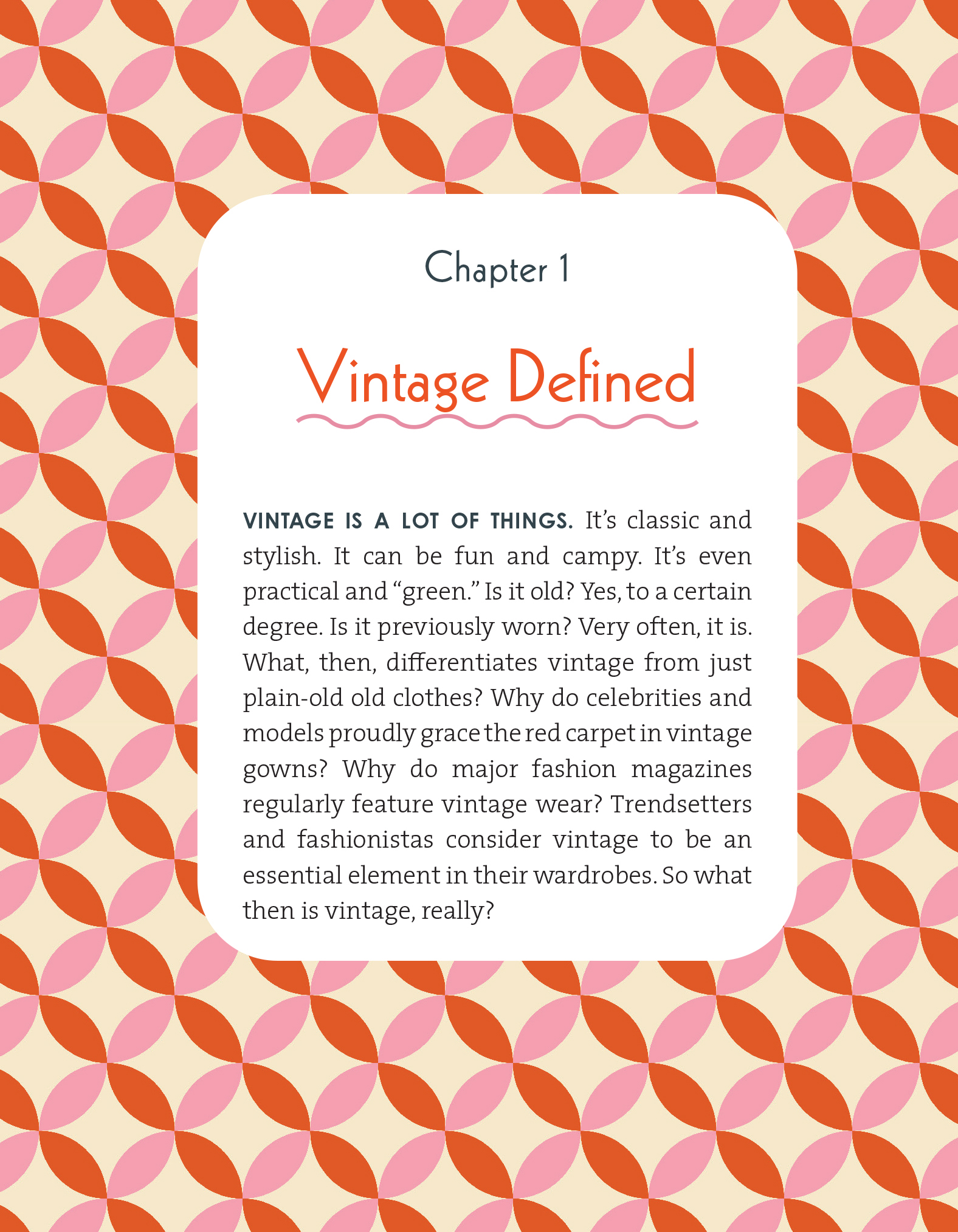
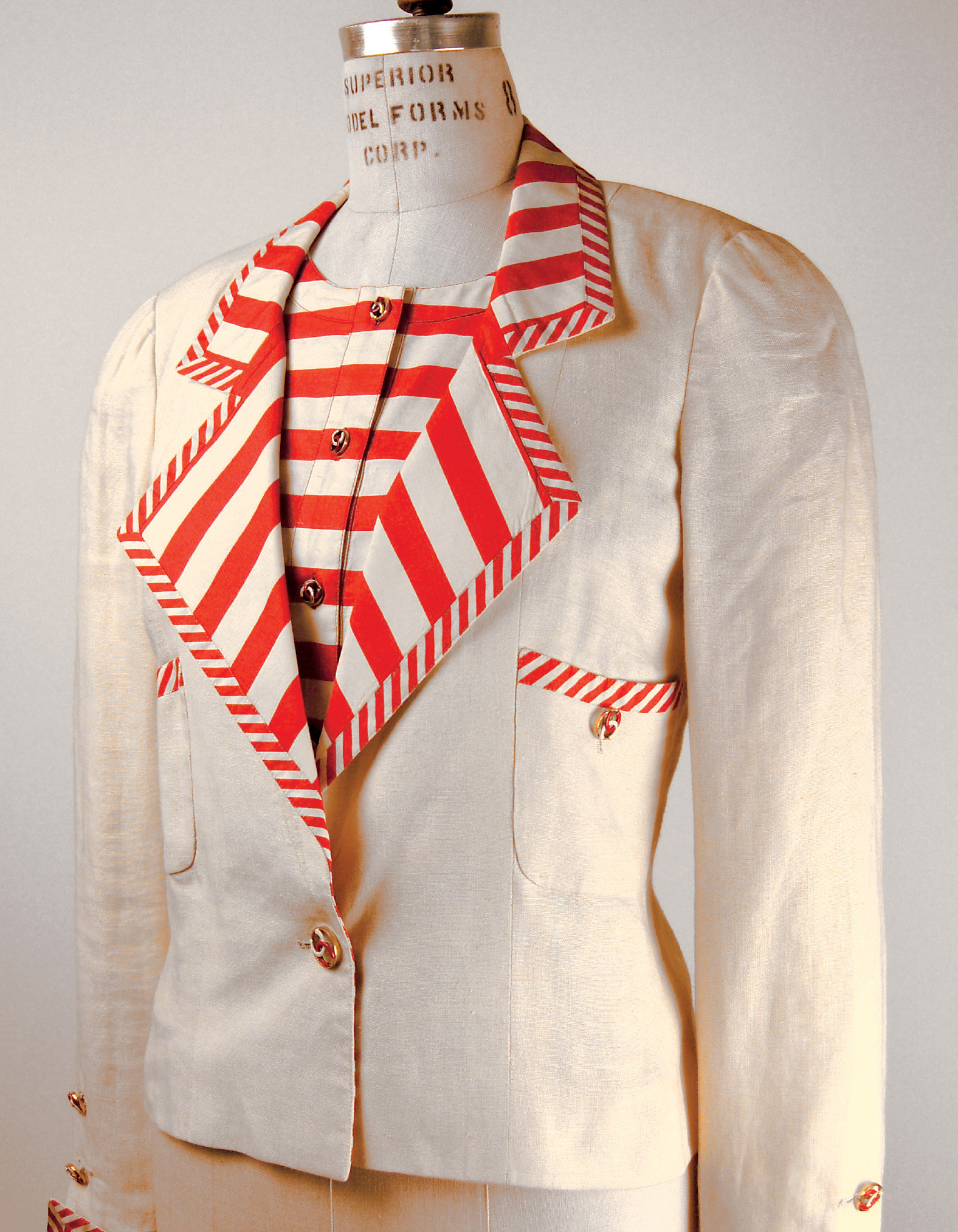
Enduring Style

ANY SUBJECT ASSOCIATED WITH FASHION is fraught with intense opinions, and vintage is no different. Definitions vary widely, and some can be quite extreme or rigid. I once read an interview in which a high-end collector insisted that true vintage must bear an important designer label. I think its safe to say that very few people would concur. I challenge anyone who claims that an authentic 1950s circle skirt or 1920s flapper dress is not really vintage, simply for lack of a designer label.
On the opposite end of the spectrum is the broadly accepted idea that vintage is simply fashions from the pastanything thats at least twenty years old. As a professional vintage dealer, Im uncomfortable with such a vague and arbitrary classification. Vintage is not just about age. It has evolved to become a fashion term. It is about essence and style. There is a lot of clothing on the secondary market that is more than two decades old but that I do not include in my personal definition of vintage fashion. As a dealer I pass over volumes of such nondescript clothing. I think we can all agree that not every piece of twenty-year-old double-knit polyester deserves to be resurrected. It may meet the age requirement, but thats about all.
Conversely, there are a few styles that are not very old but that I do consider to be vintage fashion. Especially popular designs often creep back just at the twenty-year mark or even beforesee, for instance, the 2010s revival of 1990s grunge. So, the true definition of vintage has something to do with age and quality or appeal, but thats not everything. For me a key concept is what I like to call Enduring Style. That can mean several things. It can mean classic, like the boxy tweed suit made popular by Chanel, or it can be something innovative, like the sensuous bias cuts that Madeleine Vionnet created in the 1930s. Be they old or not so old, vintage fashions are about styles that are pioneering, classic, or iconic as well as reflective of their era. And although their day may have come and gone, there is renewed interest in wearing them. That, for me, qualifies them as vintage.



